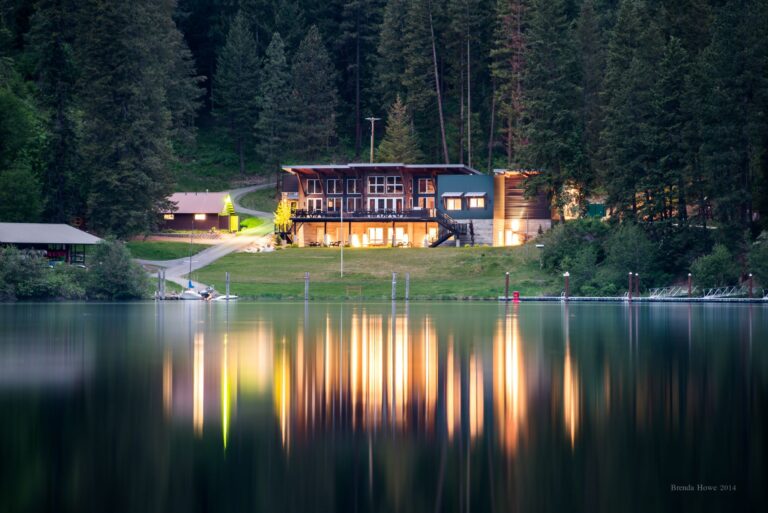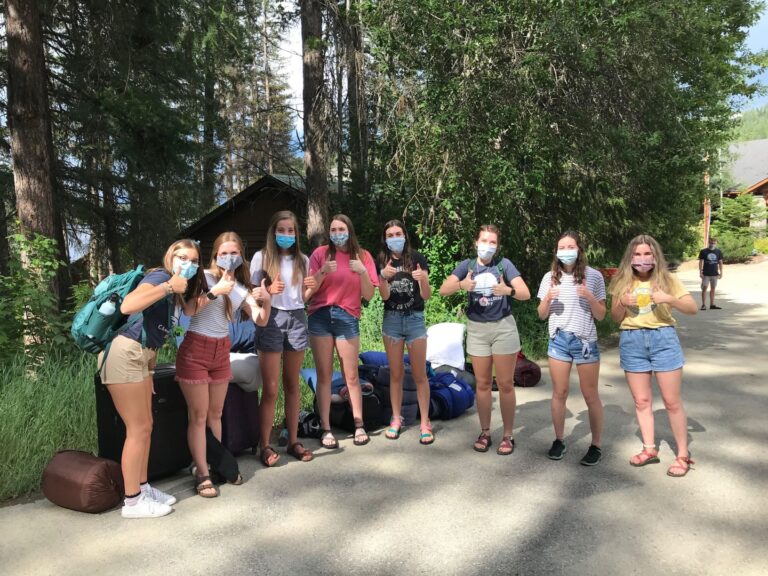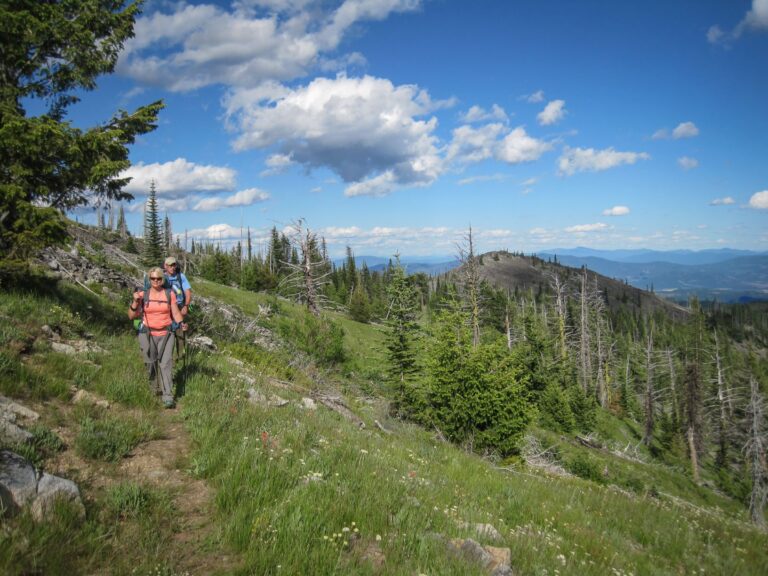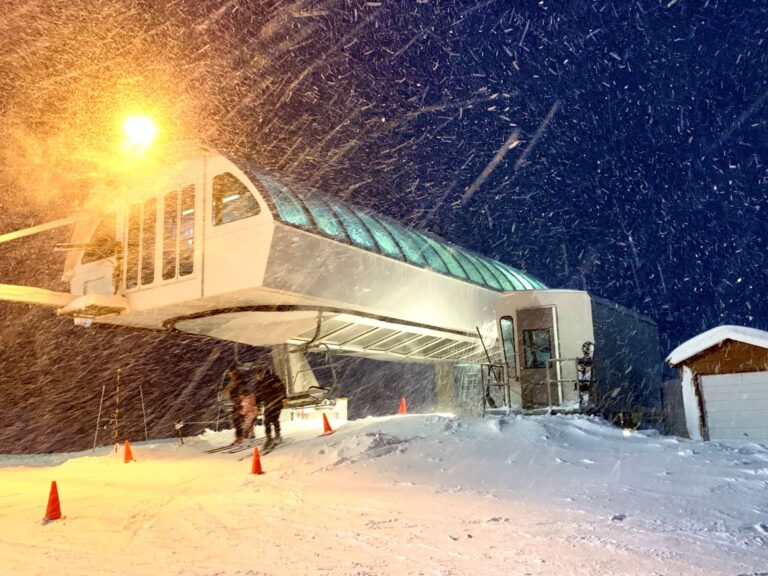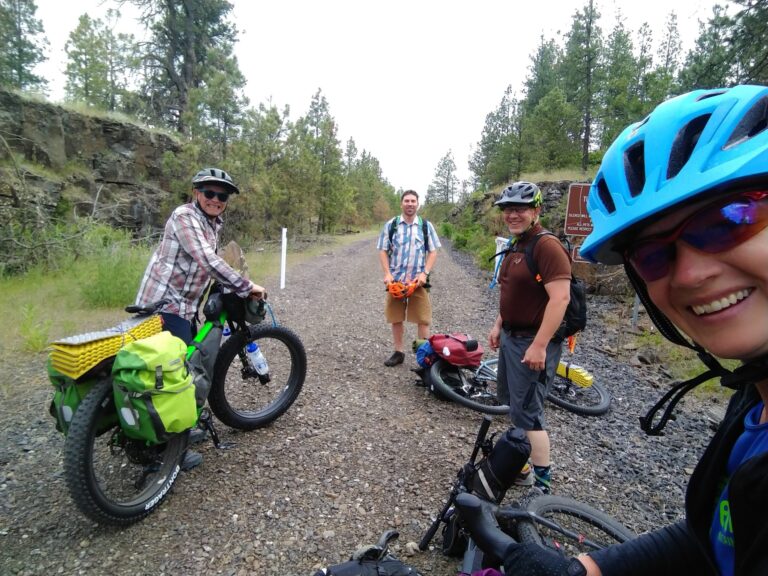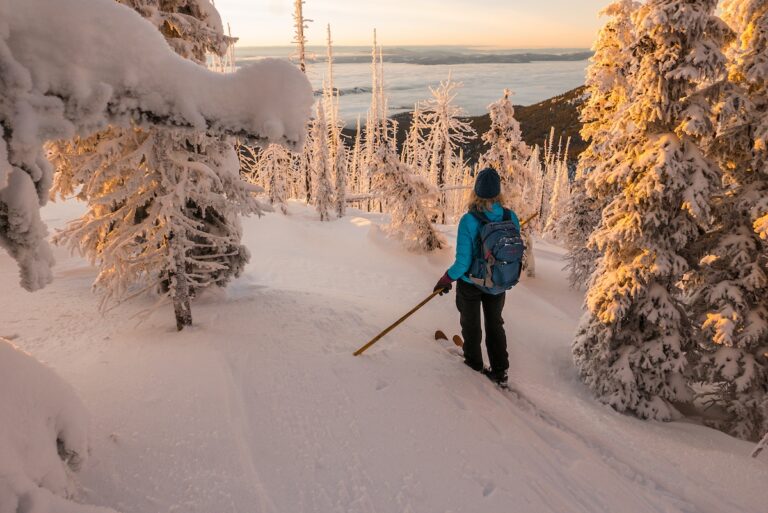By Derrick Knowles
Maybe you are one of those people who started having dreams about skiing or snowboarding sometime in the summer. Or you got your boards tuned before the kids went back to school and bought your season pass back in April. If you fall into one of those early bird categories, you’re probably feeling pretty ready for the approaching season, but how prepared for the sport’s dynamic, physically demanding movements is your body?
To get a better understanding of how we should ideally be preparing for the coming ski and snowboard season, we shot some questions off to Spokane physical therapist and NW Movement Co. owner Trey Nichols. A good sign in any interview, Nichols launched into an anecdote before responding to any of our questions.
“Do you know what is worse than getting two speeding tickets on your way to the mountain because your ski buddy didn’t wake up on time?,” he asks? “Having a season-ending injury on the first run of the day! Such was the unfortunate fate for my brother and me on a powder day that was so good that it closed down our college for a couple of days.”
“Believe it or not,” he continued, “there is something worse than that season-ending injury. It’s a sad moment when lifelong skiers stop by my office and tell me that they just don’t have it in them to ski the way they want to, and they’re considering hanging up their skis for good this season. I say ‘moment’ because oftentimes, with a little bit of elbow grease, we can get them back on their skis with confidence.”
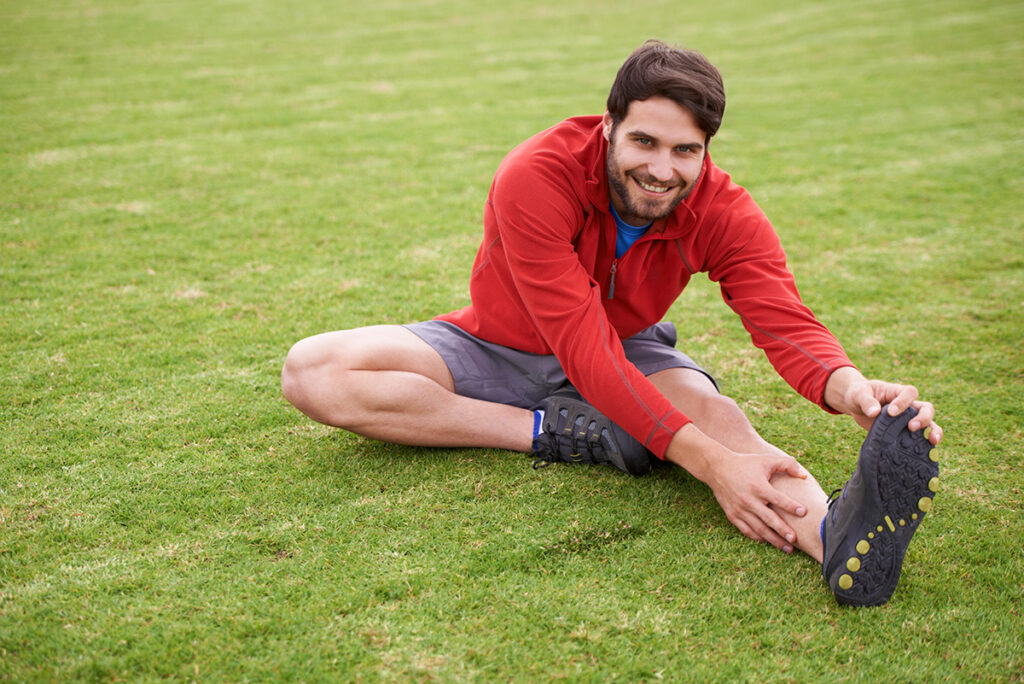
OTO: How important is it really to do some kind of training for the season?
Nichols: Pre-season strength training for skiing is just as important as oil changes for the car that’s driving you to the mountain and tune-ups for the skis or board that you’re riding. Depending on how aggressive you ski or ride and what runs you stick to (groomers, trees, moguls or powder), a lot of load can go through your legs and core. If you don’t have the strength to counter that load, you’re going to either be slower than you want, tire out too soon or possibly injure yourself. A sad reality is that after 30, we naturally start losing muscle mass. If we want to continue enjoying winter sports anything close to the way we used to and avoid injuries, our best shot at that is through strength training.
OTO: If someone doesn’t have time or the budget for a class or gym, what can they do at home?
Nichols: My go-to exercises that can be done anywhere are lunges, squats and Romanian deadlifts. Once you can do them without wobbling, load them with weight. The next progression is quick movements or jumping after I can do the loaded movements without wobbling. It’s the loaded exercises and plyometric exercises that best prepare us for the demands of skiing.
OTO: What are some of the benefits of pre-season training?
Nichols: My personal motivation for pre-season strength training is to keep up with my three boys as long as I can. They’re only getting faster! Strength training has certainly helped me keep up with them and still feel good at the end of the day.
OTO: Tell us about your Powder READY program at NW Movement Co.
Nichols: If you’re a skier or snowboarder who isn’t getting any younger, our Powder READY Program is designed just for you. Built by a Doctor of Physical Therapy who has kept many clients enjoying the slopes, each exercise has a very specific purpose for keeping you enjoying the mountain. Our four-week program will guide you through four workouts each week with sessions lasting 20 to 30 minutes each that will help make this one of your best seasons yet. This year we’re offering a discounted Powder READY evaluation that allows us to truly customize a plan to ensure you have enough strength and endurance in your legs and core to power down the mountain and motion in your hips and back to carve through the powder. (Learn more at Nwmobilept.com.)





